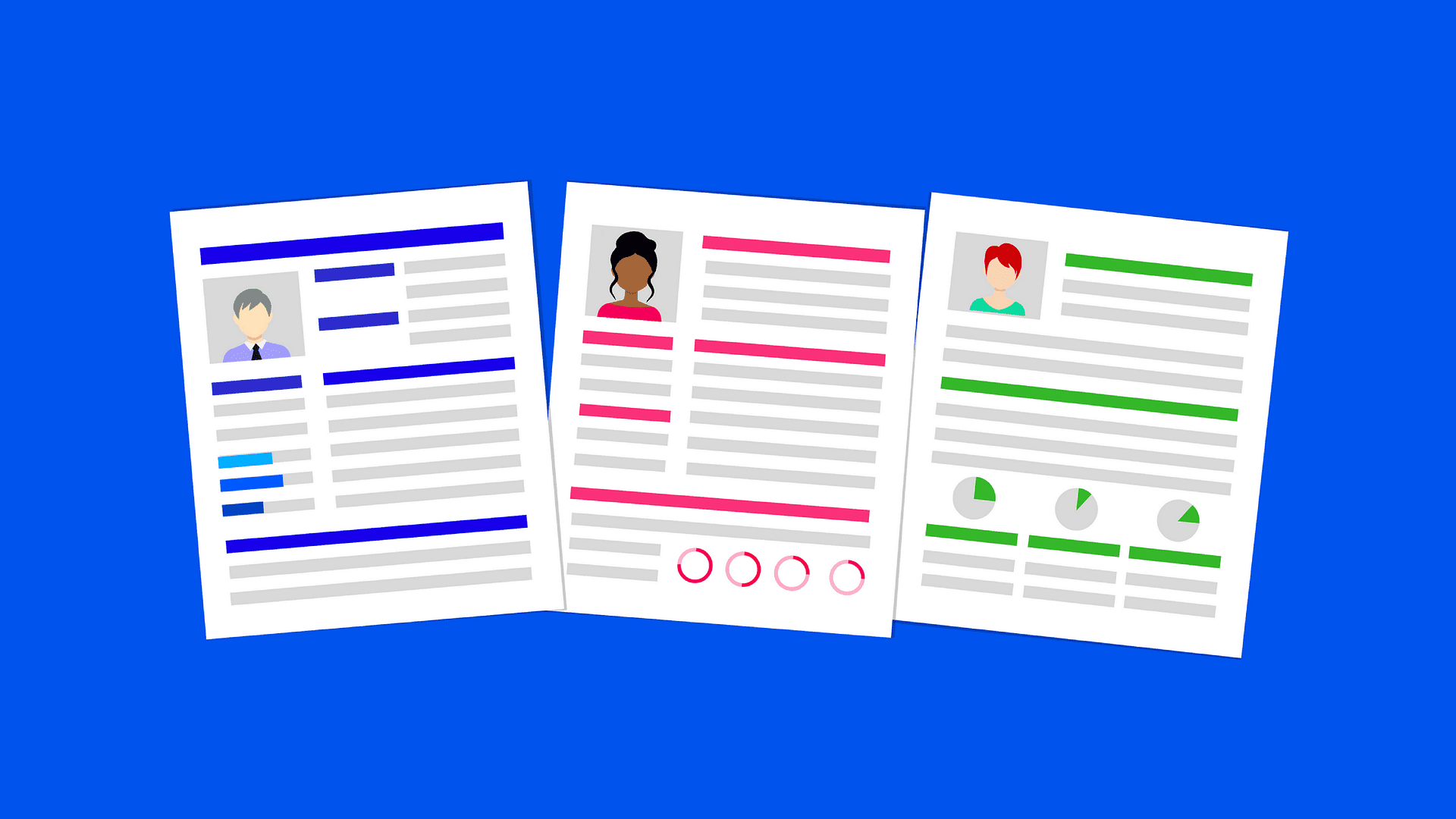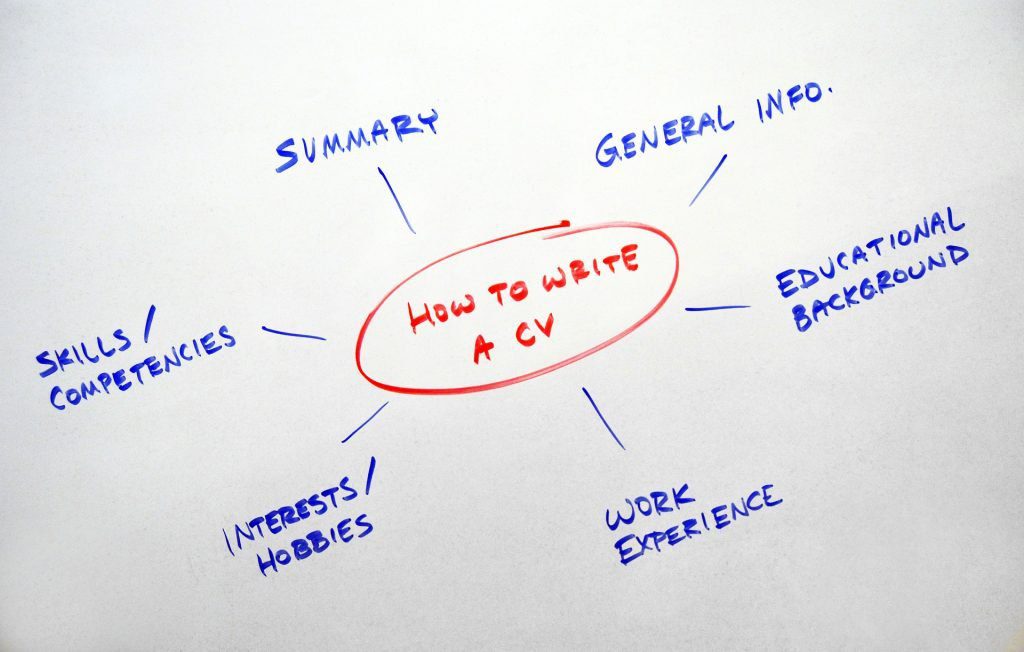Advice
5 Resume Tips For Senior-Level Job-Seekers
Are you a senior-level job seeker who’s thinking they can leverage their experience to get any job they want? If that’s the case, you are highly mistaken!
There are thousands of applicants competing for just one position.
Due to this reason, even professionals carrying more than 3 decades of experience in the same field find it exceedingly difficult to even get an interview call from the organization they have always dreamt of.
Have you ever wondered why?
Because the professional resumes are not up to the required standard and fail to fascinate the recruiter.
In this fast-paced world, we sometimes overcome the small things; in this scenario, the humble resume ends up being the most overlooked component in the recruitment process.
Therefore, we have come up with this guide in which we shall provide you with the top 5 tried & tested tips that will unquestionably help you get those coveted shortlists.
Without further ado, let’s begin!
1. Make a ‘Professional Summary’ section instead of an Objective
More than 50% of the job seekers make the Objective section stating what they expect from that organization. This is a strict no! You don’t have to do that. A professional summary on a resume is better instead.
We like to paraphrase JFK along the lines of ‘Ask not what the [company] can do for you, but what you can do for the [company]’.
Make a ‘Professional Summary’ section instead. Don’t just list out all your skills (because we have a Key Skills section for that) but focus on how you can use those skills to deliver a quantifiable impact and benefit the next organization.
Pro-Tip: Don’t add a summary in bullet form as it’s written only in the form of a paragraph not exceeding 3-4 lines.
2. Choose ATS-friendly formatting, design, and content
Make sure that your resume is updated with more emphasis on your most recent work & contributions. Mention if you are armed with any certification related to target profile as doing that will give you an edge over other applicants.
Add as many skills as you can as long you’re substantiating them in the work-ex.
You know why?
Because most companies deploy applicant tracking systems (ATS) which rank all resumes they receive against the job description, you have a higher chance of getting a subpar rank if your resume lacks the necessary keywords.
So, update all your sections and try to mention as many one-liner bullet points related to the target profile because it can really make a difference.
W.r.t formatting and design, don’t use images (excluding professional headshot) since an ATS is only programmed to parse basic text. Too many images will hamper the readability of your resume.
Caution though – simply dumping keywords in your resume just so you can get a higher ATS ranking can backfire. Modern ATS is equipped to identify cases where keywords are organically placed, and where they’ve been stuffed.
Here are some tips for designing an ATS-friendly resume:
- As far as your resume format is concerned, follow the reverse-chronological format in your resume (most recent work-ex first) as it’s usually preferred by most recruiters
- Don’t use images since the ATS can only parse basic text.
- Organically include keywords from the job listing in your resume. Make sure you legitimately incorporate them, and that your work-ex substantiates those skills/keywords. Ensure that it doesn’t look like you merely copy-pasted keywords in your resume.
- Don’t exceed 2 pages at any cost.
- Use standard names for all sections. Don’t use ‘Growth Story’ when the standard section is ‘Professional Experience’. Similarly, use standard names for all other sections – Summary, Key Skills, Education, Certifications, etc.
3. Frame Points in Professional Experience like a Pro!
The only way through which you can let everyone know who’s the boss is your Professional Experience section.
Don’t just frame bullets around what you did, instead mention why you did it and the quantifiable impact of it.
Show the Impact!
For this, follow the STAR format throughout your professional experience section. Let’s see what it is and what it signifies
S – Situation – The situation in which you were assigned a given task
T – Task – The task you were assigned
A – Action – The tools/methodology/techniques you used to complete a given task
R – Result – The outcome/result of your hard work as a key achievement
Never fall short of words when it comes to your achievements!
Quantify the bullets as much as you can. For example, mention the budgets you handled, department goals you achieved, KPIs you were responsible for, key achievements, client satisfaction percentage, number of people you led, etc.
4. Limit your Resume to Just 2 pages
We know that trimming down your professional resume can be extremely arduous. But fret not!
All you need to do it is focus on your current profile and mention only the achievements related to your previous profiles.
You know why just 2 pages?
It does not matter if you are a fresher or a senior-level employee, the recruiter will not spend more than 6 seconds on your resume in the first go.
So, instead of a lengthy resume, your resume should be crisp and presentable. Therefore, focus more on how to increase its readability and impress the recruiter in a single go.
5. Make a separate Key Skills & Technical Skills Section; Say No to Soft Skills
If you think that professional experience alone can be your redeemer, then don’t forget that effectively showcasing skills on a resume can do wonders for you.
If you carry decades of experience but have not mentioned skills, then achieving a decent rank in ATS might be next to impossible.
Consequently, it’s always the best policy to showcase your skills in the best possible manner.
For that, make separate sections for Technical Skills and Key Skills. For instance:
Key Skills: Team Leadership, Product Management, Client Relationship Management, etc.
Technical Skills: Java, Python, R, etc. (depending on your target profile)
Also, avoid adding soft skills such as dedicated, obedient, punctual, hardworking, etc.
Pro-Tip: Never add phrases such as Good at, Expert in, etc.in your skills section. Instead, just use keywords. For example, don’t write an ‘expert in Python’. Just write Python in the Technical Skills section of your resume.
These tips will inarguably help you get shortlisted in your dream organization. Just follow the guide when framing your resume and success will not be far away!
Any questions? Give a shout out in the comments below!
_____
Aditya Sharma is the cofounder at Hiration.









